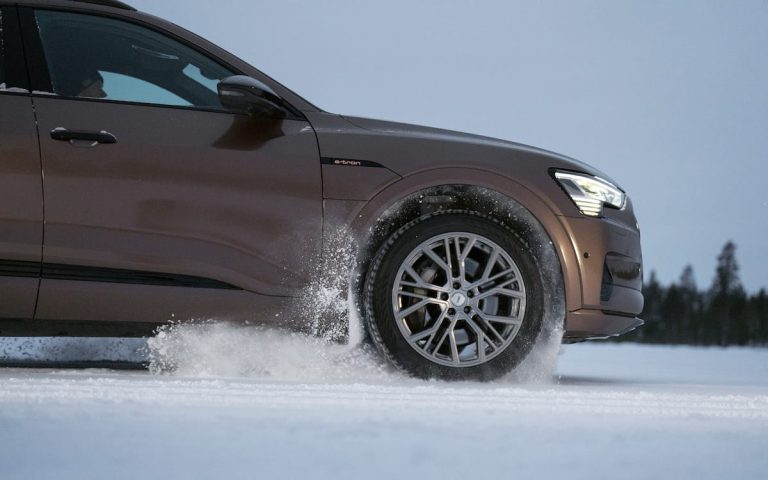As electric vehicles (EVs) continue to gain popularity, one of their standout features is regenerative braking. But how does this system perform in winter conditions? Let’s dive into what regenerative braking is, its performance in cold weather, and tips to improve its effectiveness during winter.
What is Regenerative Braking?
Regenerative braking is a technology used in electric and hybrid vehicles to capture kinetic energy during deceleration or braking. These systems convert the frictional energy into electrical energy, and then store it in the vehicle’s battery for later use. This process helps improve energy efficiency and increase the driving range in your EV! With regen mode on, when you lift your foot off the gas pedal, your electric motor applies a force to the wheels causing you to slow down.
Understanding Regenerative Braking in Winter
While regenerative braking is highly efficient in optimal weather conditions, its performance can be impacted by cold weather. In winter, several factors contribute to reduced effectiveness such as:
Battery Efficiency:
Cold temperatures can decrease battery efficiency, limiting its ability to accept and store energy from regenerative braking effectively. When your battery is cold, regen mode may be reduced or turned off, but once your battery warms up regen mode will work at full capacity.
Traction:
Icy or snowy road conditions may reduce tire traction, making it challenging for the vehicle to decelerate using regenerative braking alone. Regenerative braking in icy conditions may cause loss of traction and reduce the tires’ ability to steer. In these conditions, it is best to use your traditional brakes to maintain traction on the road.

Tips to Improve Regenerative Braking Performance
Preconditioning:
Preconditioning the vehicle’s battery while plugged in can help warm it up before driving, improving its efficiency and regenerative braking performance!
Smooth Driving:
Anticipate stops and decelerations to minimize sudden braking, allowing regenerative braking to capture more energy. Smooth driving also helps maintain tire traction on slippery surfaces.
Use of Friction Brakes:
In extreme cold or low-traction situations, use traditional brakes instead of regenerative braking when necessary to ensure safe stopping distances.
Maintain Proper Tire Pressure:
Adequate tire pressure is crucial for optimal traction and braking performance, especially in winter conditions. Check tire pressure regularly and adjust as needed.
Regenerative braking is a valuable technology that enhances the efficiency and driving range of electric vehicles. While its performance may be reduced in cold weather and icy conditions, drivers can employ various strategies to mitigate these effects and improve its performance. By understanding how regenerative braking works in winter EV owners can continue to enjoy the benefits of this technology year-round!


